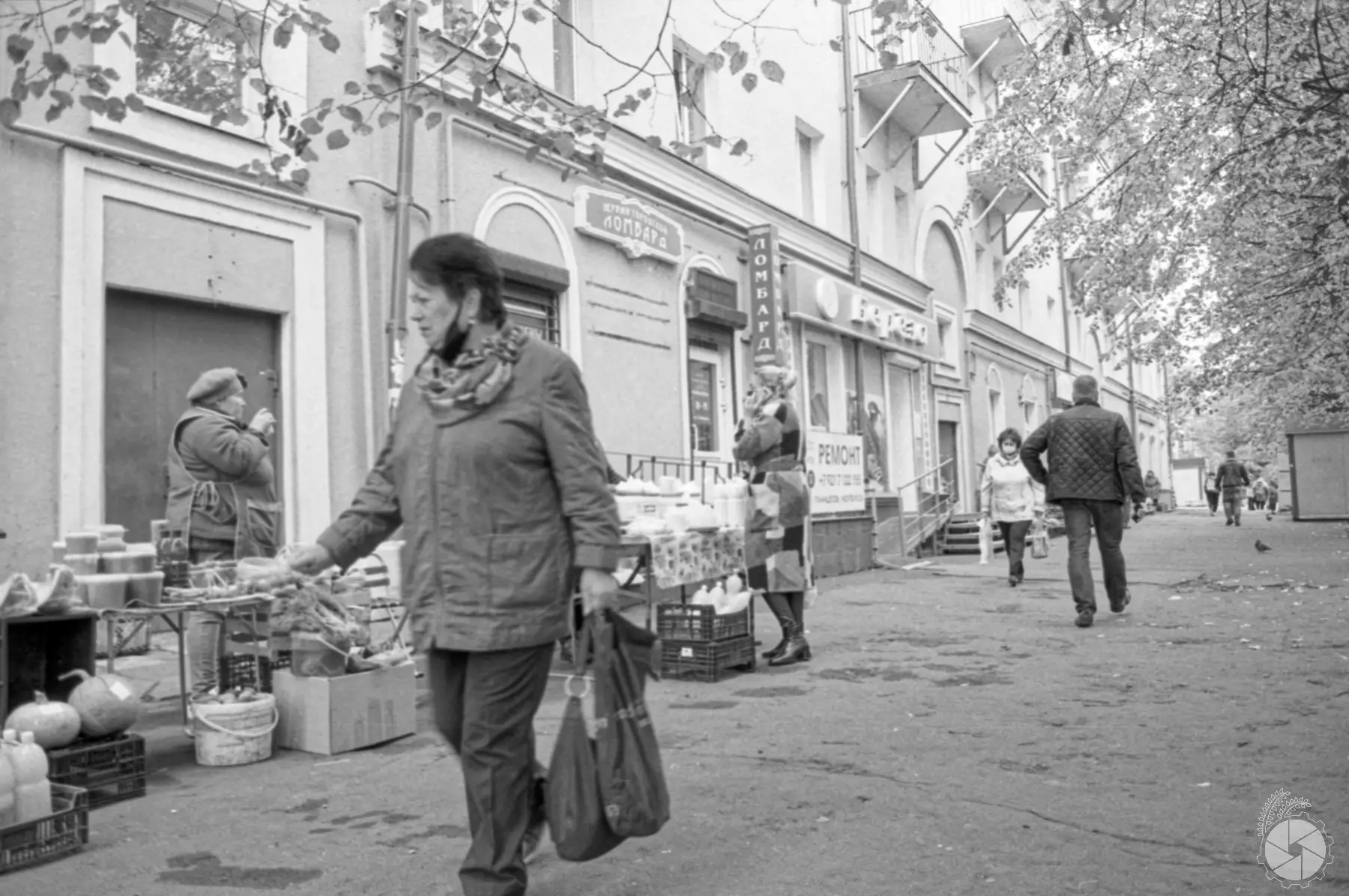The Pregel, flowing through Kaliningrad Oblast and finding its way to Vistula Lagoon just outside of Kaliningrad, is a peculiar river. It starts where two other streams – Angerapp and Alle – join. At some point in time the current became so strong that the Pregel bifurcated into Pregel proper and Deime. Yet it was still not enough to keep the element at bay. Just outside of Kaliningrad, water flow gets so immense that the river meanders, creating islands and meadows so swampy that they have to remain largely uninhabited and serve only for summerhouses and fishing spots.

The Pregel has behaved this way for centuries. Its wildness and caprices probably got envisaged in the name of an old Pruthenian settlement which later became a village and, subsequently, a neighbourhood within Königsberg – Ponarth. The word is believed to mean either behind the edge or diving, submerging, whirling. In both cases, it clearly refers to Pregel and its wetlands which still separate this part of Kaliningrad from the historic downtown.

Ponarth’s golden age began in mid-19th century along with advancing industrialisation and construction of the East Prussian Railway, connecting Berlin with Königsberg. The rural village quickly transformed into a town with a brewery, a city-like park, a neo-Gothic church and a sports club called MTV. Especially the former became the stimulus for the settlement’s growth. Founded in 1849, the brewery produced an astonishing 90,000 tons of beer a year. It was famous across all Germany.

Such mass-scale production required manpower. The number of Ponarth’s inhabitants rose from 3,500 to over 8,000 in just 5 years between 1895 and 1900. Construction of houses that followed the population boom actually blended the town into Königsberg. Five years later Ponarth found itself within the administrative borders of the city and was officially transformed into a suburban area. It has been busy and lively every since, always retaining a colouring of its own.

World War Two left Ponarth damaged, but not destroyed, similarly to the west of Königsberg (usually referred to as Amalienau or Hufen). Most importantly, the district’s main factories continued to function. As military officers and clerks moved in comfortable villas and semi-detached houses of Hufen, and the southwest, so did industrial workers in Ponarth’s poorer dwellings and brick houses. This made Ponarth repopulate quickly with newcomers from all over Soviet Union. In 1947, two years after the war had ended and a year after Königsberg was renamed into Kaliningrad. the district was incorporated into the the newly created Baltiyskiy Rayon (Baltic District). Because of its new inhabitants and decades-long lack of investment in infrastructure, the name became a regional local synonym for shabbiness and roughness. Some people even called it ‘the bear’s corner’, advising not to go there without a clear reason.

Although Baltrayon ceased to exist in 2009 due to administrative reforms, Kaliningraders have kept memory of its special charm. Most people who are even a tiny bit interested in the history of the city remember the Zhigulyovskoye beer which continued the pre-war traditions. The historic brewery is still there although now it’s largely devastated and impossible to serve its purpose. Is it justified to say that Ponarth, still exists? On one hand, the neighbourhood for 75 years has been part of Soviet/Russian Kaliningrad belonging to Soviet Union/Russian Federation. Inhabitants, street names and many other things have altered. On the other hand, the memory of Ponarth, its rich history and charm not only has survived but has also been cherished by many contemporary Kaliningraders. Plus, even they keep using the old name. At least in this sense Ponarth has not sunken into oblivion.
All photos were taken during two photo walks in October and Novermber 2020 using Minolta X-500 and various Minolta Rokkor lenses. Films were developed, scanned and edited to taste by me using Plustek OpticFilm 8200i, Lasersoft SilverFast and DxO PhotoLab. More photos can be found on my webpage: photo.milosz.dk.
Share this post:








Comments
John Fontana on Submerging in Ponarth with Minolta X-500 – By Miłosz J. Cordes
Comment posted: 06/06/2021
Comment posted: 06/06/2021
Jim Ralf on Submerging in Ponarth with Minolta X-500 – By Miłosz J. Cordes
Comment posted: 06/06/2021
Thorsten Wulff on Submerging in Ponarth with Minolta X-500 – By Miłosz J. Cordes
Comment posted: 06/06/2021
Comment posted: 06/06/2021
Fred on Submerging in Ponarth with Minolta X-500 – By Miłosz J. Cordes
Comment posted: 06/06/2021
Comment posted: 06/06/2021
Comment posted: 06/06/2021
Comment posted: 06/06/2021
Sroyon on Submerging in Ponarth with Minolta X-500 – By Miłosz J. Cordes
Comment posted: 11/06/2021
Comment posted: 11/06/2021
on ponarth at 35mmc.com | Milosz Jeromin Zielinski on Submerging in Ponarth with Minolta X-500 – By Miłosz J. Cordes
Comment posted: 29/08/2021
Jens Knappe on Submerging in Ponarth with Minolta X-500 – By Miłosz J. Cordes
Comment posted: 28/01/2022
My parents in law were born in Kaliningrad and a grandmother came from Klaipeda.
Therefore i am interested to learn something about the Kaliningrad oblast, how are landscape, cityscape and people in this region.
Glad to see Minolta shots too !
Comment posted: 28/01/2022